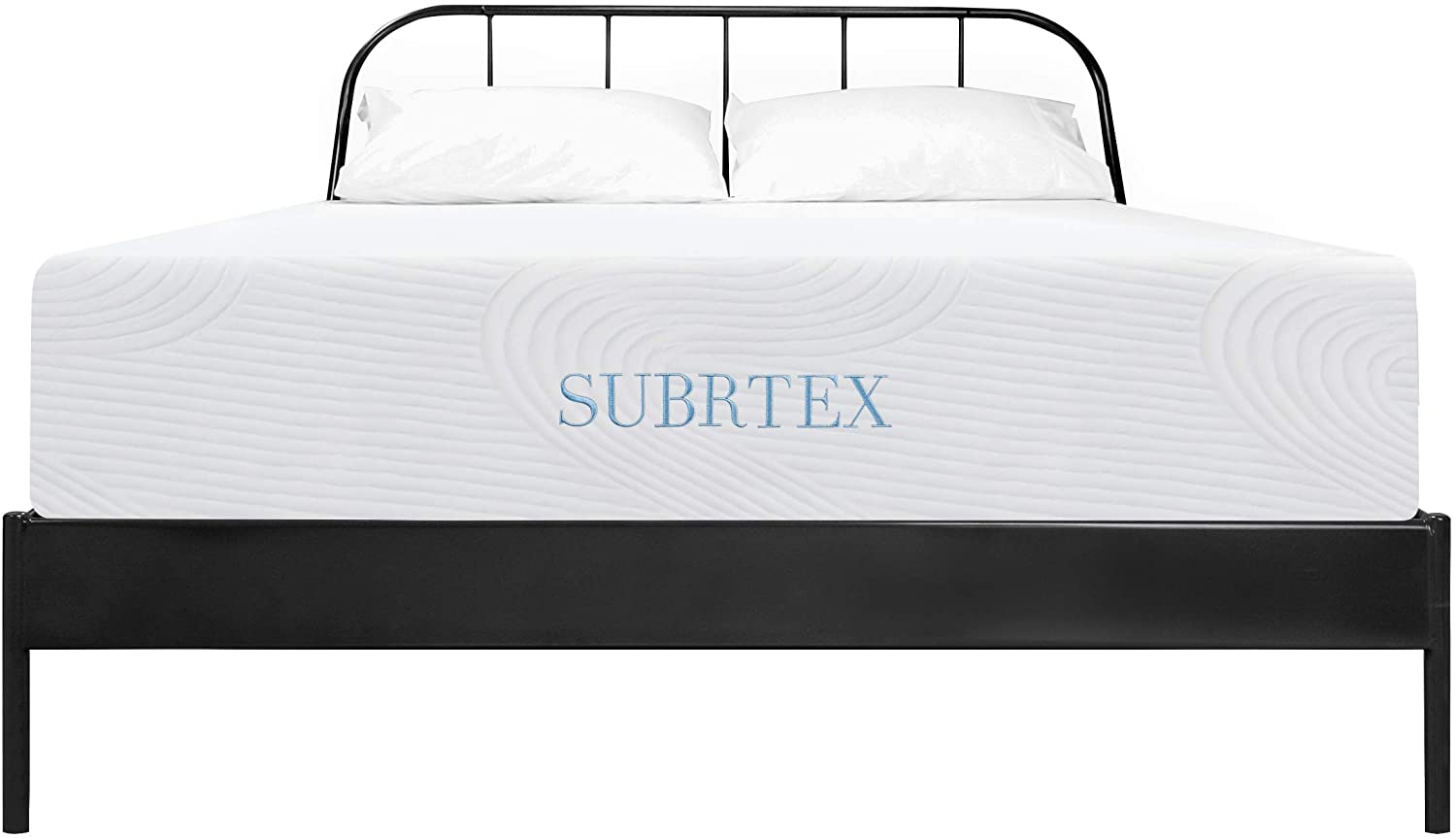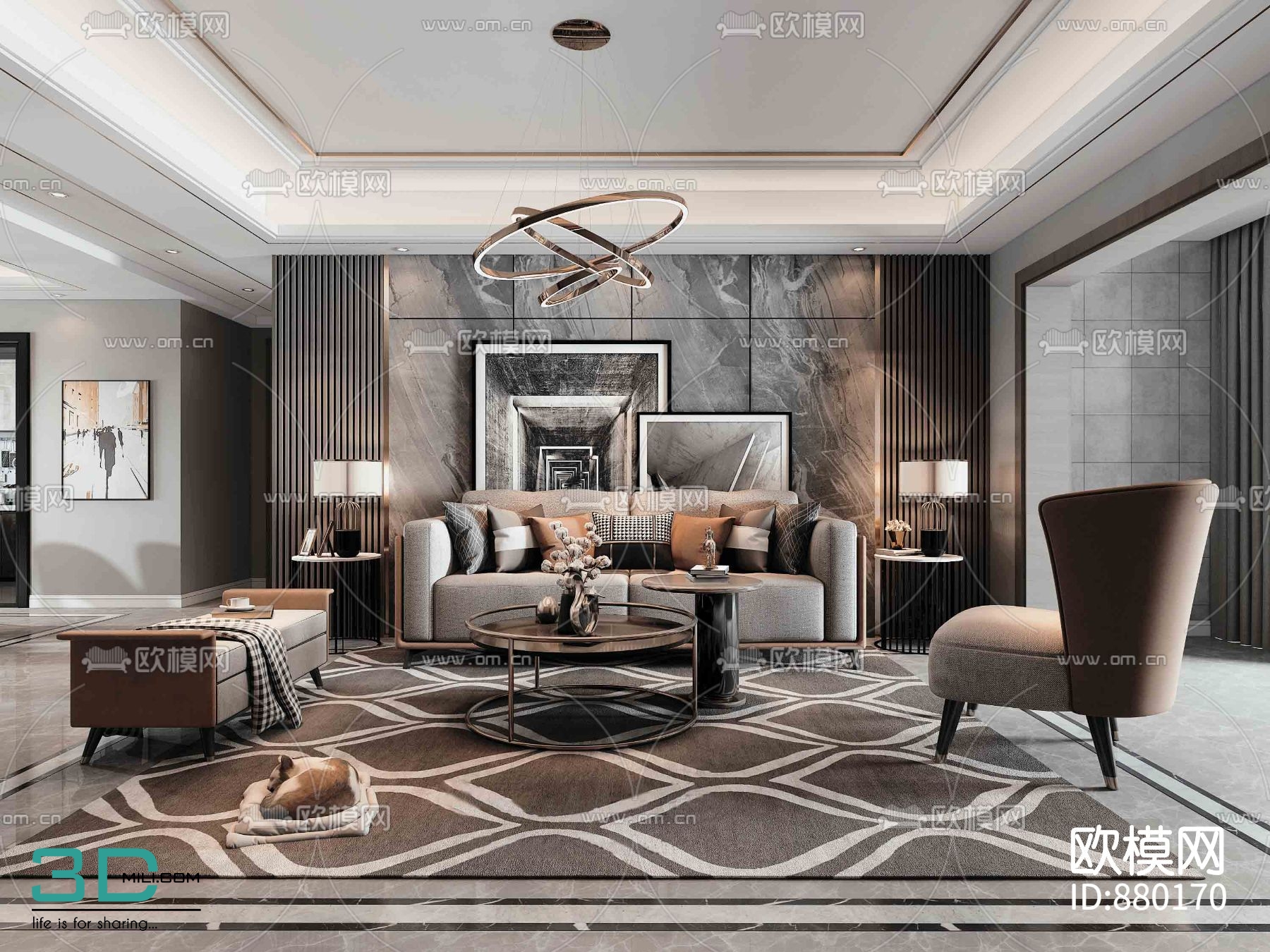Are you interested in creating a tiny house design of your own? SketchUp is a great software tool to help you visualize and create your tiny home vision. Structural elements like large windows, slanted roofs, and more can be managed easily with SketchUp. It also offers a great way to collaborate with other professionals if needed. Here’s a look at how to create a sketch house design in SketchUp:Creating a Tiny House Design in SketchUp
1. Get your tiny house design ideas together; think about the floorplans and exterior. Brainstorm as a group and create a plan for the elements you would like to include. 2. Start by creating a model that is to scale. Choose the measurements of the house and use the Settings section in SketchUp to set the default unit to match. 3. Design the floor plan using the various tools available in SketchUp. You can use the Zoom tool to get an upclose view of the structure, Dimensions to explain your design to team members, and Move or Rotate to change its orientation. 4. Create the walls of the tiny house using the Rectangle tool. You can also use components like door openings, windows, and staircases to add detail if necessary. 5. Customize the front elevation with slanted roofs, unique windows, and interesting exteriors. You can use the Push/Pull tool to make quick adjustments and check the Model scale to make sure everything is accurate. 6. Add furniture, accessories, and other items to the interior. You can either upload your own assets or choose from what SketchUp offers. 7. Set up the viewpoints you will want to present to your client. SketchUp offers several camera views that you can manipulate. 8. Once the tiny house design is complete, use the Style Browser to create a presentation-ready look. You can also use the Ray Tracing feature to generate better shadows and reflections. 9. Create and customize the SketchUp scenes that show the interior, exterior, and anything else you think is necessary. 10. Share your final design with the rest of your team for virtual visualization. After you get the necessary feedback, you’re ready to present your clients or other stakeholders with your completed project.10 Steps to Creating Tiny House Design in SketchUp
Creating a tiny house design with SketchUp is a great way to achieve a professional-looking and high-definition design without getting lost in the process. Whether you’re a beginner or a pro, tiny house design with SketchUp is both intuitive and easy to learn. The platform provides all the features you need to design a beautiful tiny home all on one platform. Here are some tips to help you get started with SketchUp for tiny house design:Tiny House Design for SketchUp
1. Choose the right CAD program: SketchUp is a great tool for tiny house design because it has a high-definition quality. It’s faster than traditional CAD platforms and it is also user-friendly and intuitive. 2. Work through the decision-making process: As you create your design, you must decide on the overall structure, size, and orientation. These decisions will affect the design, materials, and construction of the tiny house. 3. Start with a simple 3D model to experiment with different features: You can play around with elements like lighting, furniture, and different materials to get a better understanding of the layout. You can also add details like windows, porches, and balconies. 4. Use special components to get a unique look: For a customized look, you can use components like doors, windows, and slanted roofs. This adds a special touch to the design and can make it more appealing to potential buyers. 5. Consider different lighting and textures: You can use the various tools available in SketchUp to create interesting lighting and texturing effects. You can also use the Style Browser to get a presentation-ready look. 6. Check for accuracy and adjust as needed: Once the tiny house design is complete, make sure to check for accuracy and adjust as needed. You can use the Zoom tool to check small details and the Model scale to make sure everything is correct.How to Design a Tiny House with SketchUp
Designing a tiny house with SketchUp is a great way to visualize your ideas. The intuitive tools can help you quickly create a miniature model that accurately reflects your desired design. Not only does it make it easier for you to visualize the tiny house, but it also provides a practical way to collaborate with other professionals. Here are some more tips for designing a tiny house with SketchUp:Designing a Tiny House with SketchUp
1. Draw a plan: Start by sketching a plan for the structure. Sketching the plan will help you clearly visualize the design and make any necessary changes before you move on to the more detailed steps. 2. Test the design: Once you have a plan in mind, you can use SketchUp to create a model to scale. This will allow you to play with the design before investing in the actual construction. 3. Experiment with furniture and textures: You can use SketchUp to experiment with different furniture layouts, textures, and lighting. This will give you a better idea of what the final design should look like. 4. Create models of windows and porches: Using SketchUp to create models of windows, porches, and other exterior elements will help you determine the overall look of the tiny home. You can also use the Push/Pull tool to make adjustments. 5. Make sure the house is to scale: The Model scale feature will help you check for accuracy. Make sure to adjust if necessary to ensure that the scale of your tiny house design is correct. Tiny House Designs: Using SketchUp for Design and Visualization
SketchUp is a great tool for tiny house design. Visualizing, designing, and collaborating on the design is made much easier with SketchUp. The intuitive tools make it simple to create a miniature model and make any necessary adjustments. Here are some tips to keep in mind when using SketchUp for tiny house design:Using SketchUp for Tiny House Design
1. Start with a sketch: Before creating a 3D model with SketchUp, start with a rough sketch. This will help you clearly visualize the structure and make adjustments as needed. 2. Get creative with components: The various components available in SketchUp can be used to customize the design and add a unique touch. You can add details like door openings, windows, and staircases. 3. Consider different lighting and textures: Textures and lighting can help to enhance the design and make it look more realistic. You can also use the Style Browser to get a presentation-ready look. 4. Check for accuracy: Verifying the accuracy of the design is important to ensure it is to scale. Use the Zoom tool to get an upclose view of the structure and the Move or Rotate tool to change its orientation.Sketching and Planning Solutions for Tiny House Designs
Designing a tiny house with SketchUp is a great way to get a realistic visual of the finished design. The intuitive tools help to quickly create a model and quickly tweak the design. You can also use components to customize the design and for added realism. Here are some more tips to keep in mind when designing your tiny house with SketchUp:Designing Your Tiny House with SketchUp
1. Start by building a base model: When building the base model, be sure to use correct measurements. You can also play around with different elements like windows, doors, and porches. 2. Test various materials and textures: Playing around with different materials and textures will help you get a better understanding of the design and allow you to make changes if needed. 3. Add lighting and effects: You can use the Ray Tracing feature to add lighting and obtain a realistic look. You can also use the Style Browser to get a presentation-ready look. 4. Use scenes to show different points of view: You can use the scenes in SketchUp to show different viewpoints of the design. This will give viewers a better understanding of the design and help you get meaningful feedback. 5. Check for accuracy: Once the design is complete, use the Zoom tool to check for accuracy and make any necessary changes. You can also use the Push/Pull tool to make adjustments if needed.Designing a Tiny House & SketchUp for Virtual Visualization
Designing a Tiny House in SketchUp
 SketchUp is a powerful 3D design program that can be used to design anything from furniture to entire buildings or homes. Among the types of homes you can design in SketchUp are
tiny houses
, which is a new trend in residential living that many people are finding attractive. Using SketchUp to design a tiny house has many advantages including the ability to create a space that is customized to your exact specifications and see your design take shape as you create it.
SketchUp is a powerful 3D design program that can be used to design anything from furniture to entire buildings or homes. Among the types of homes you can design in SketchUp are
tiny houses
, which is a new trend in residential living that many people are finding attractive. Using SketchUp to design a tiny house has many advantages including the ability to create a space that is customized to your exact specifications and see your design take shape as you create it.
Starting Your Design
 When starting your tiny house design in SketchUp, it is best to begin by gathering some simple measurements. Measure the width, length, and height of the space you have available, as this will help you create an accurate design. Once you have these measurements, you can begin to draw the walls of your tiny house, constraining the walls to the size of the space you've measured. This ensures that your design will fit in your desired area. After your walls are in place, you can quickly add components such as doorways, windows, or furniture.
When starting your tiny house design in SketchUp, it is best to begin by gathering some simple measurements. Measure the width, length, and height of the space you have available, as this will help you create an accurate design. Once you have these measurements, you can begin to draw the walls of your tiny house, constraining the walls to the size of the space you've measured. This ensures that your design will fit in your desired area. After your walls are in place, you can quickly add components such as doorways, windows, or furniture.
Creating an Accurate Design
 To get an accurate view of your design, it is also important to include furniture components that are to scale. This means that if you use furniture components from SketchUp's 3D Warehouse, you will know how large they will be in your design. Additionally, once components are in place, you can make adjustments to your design. For example, if you decide that you would like to move the kitchen to another wall, SketchUp’s Push/Pull tool makes it easy to move components around quickly.
To get an accurate view of your design, it is also important to include furniture components that are to scale. This means that if you use furniture components from SketchUp's 3D Warehouse, you will know how large they will be in your design. Additionally, once components are in place, you can make adjustments to your design. For example, if you decide that you would like to move the kitchen to another wall, SketchUp’s Push/Pull tool makes it easy to move components around quickly.
Learning More About Tiny House Design
 Once your tiny house design is taking shape, you can learn more about creating a tiny house by taking an online class or reading books on the subject. Tiny house design is a popular and growing trend, so there is plenty of information to learn. With the help of SketchUp, you can easily create a design and explore different layouts before committing to a plan. After all, designing a tiny house is a big decision and requires careful thought and consideration.
Once your tiny house design is taking shape, you can learn more about creating a tiny house by taking an online class or reading books on the subject. Tiny house design is a popular and growing trend, so there is plenty of information to learn. With the help of SketchUp, you can easily create a design and explore different layouts before committing to a plan. After all, designing a tiny house is a big decision and requires careful thought and consideration.
































































